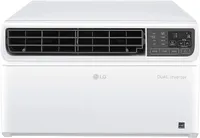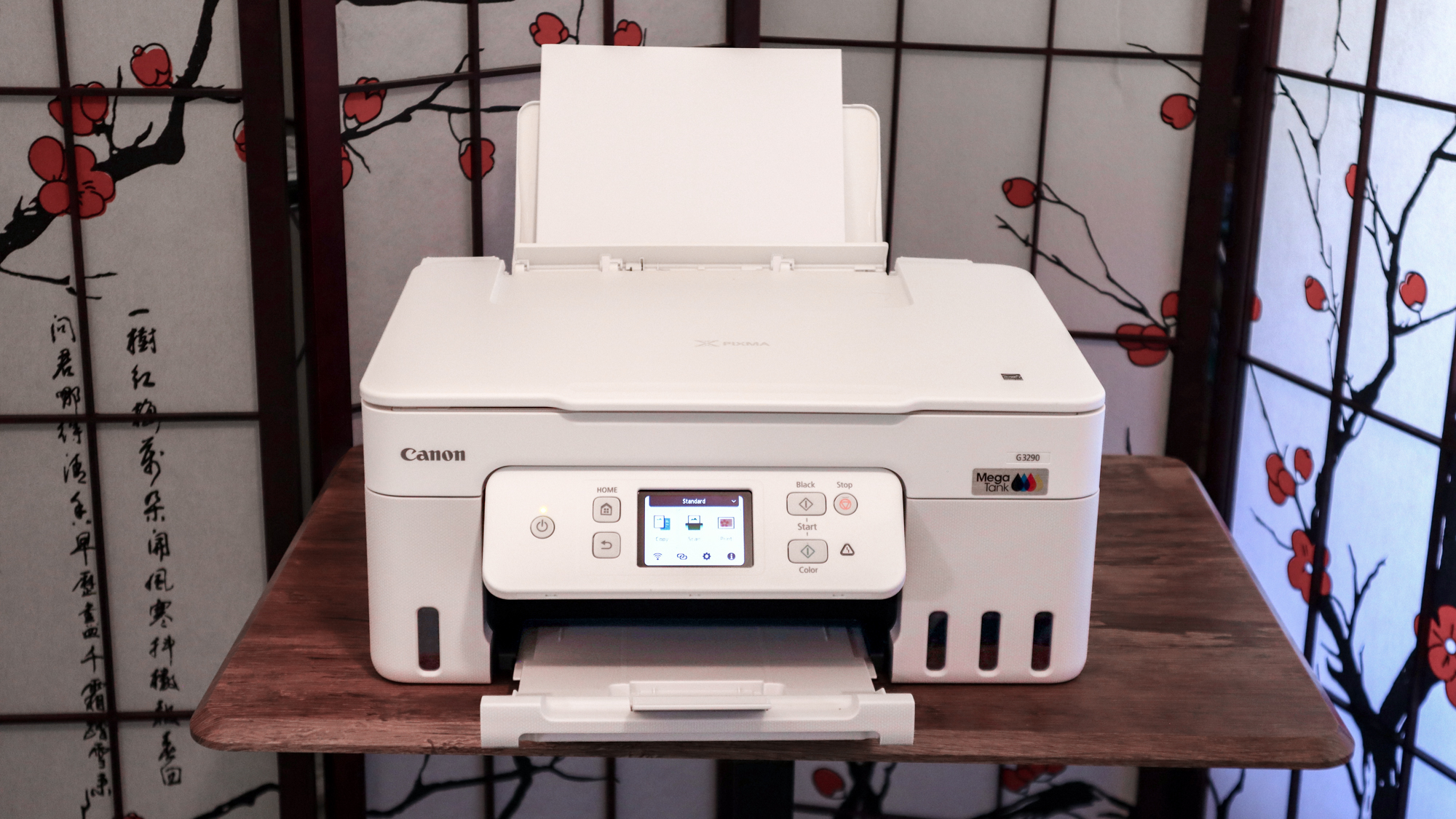Mold could be hiding in your AC — an expert shares how to protect your health
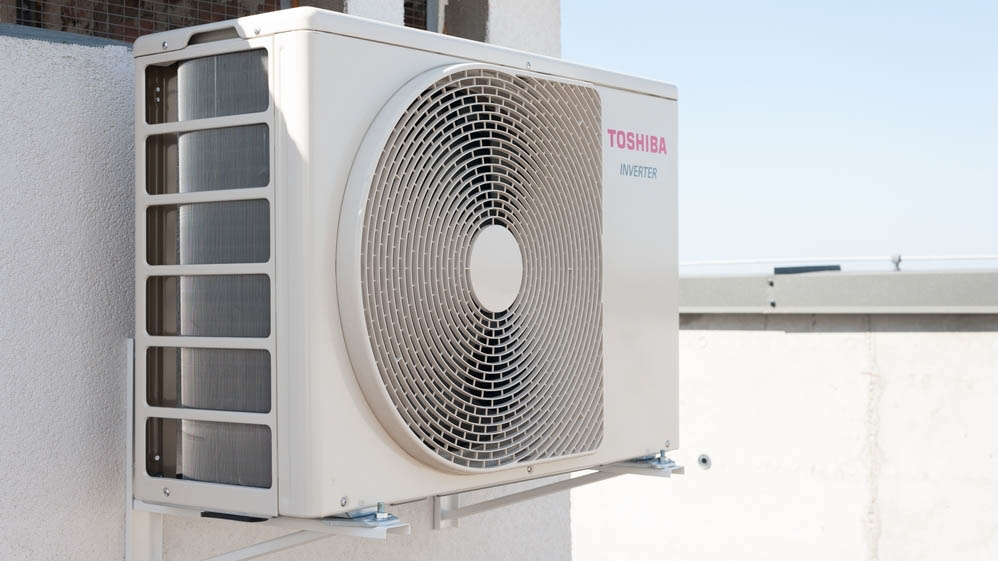
There’s an overlooked location where mold could be breeding and causing a health risk in your home, and it’s not where you would think to look.
While steamy bathrooms and damp basements are hotspots where mold likes to breed, this problem doesn’t relate to a particular space in your home, but to an appliance.
“Homeowners are usually pretty good about checking the obvious spots for mold and moisture issues,” says Jeff Berzolla, home maintenance expert at Instant Roofer, “But there’s one area that gets completely ignored, and it’s one of the most dangerous places for moss and mold to take hold.”
That unexpected location is your air conditioning unit, vents, and ductwork. The combination of moisture, darkness, and organic debris creates the perfect breeding ground for moss and mold growth that can seriously impact your family’s health. And it's one reason why it' important to keep your HVAC vents open even in unused rooms.
The perfect breeding ground
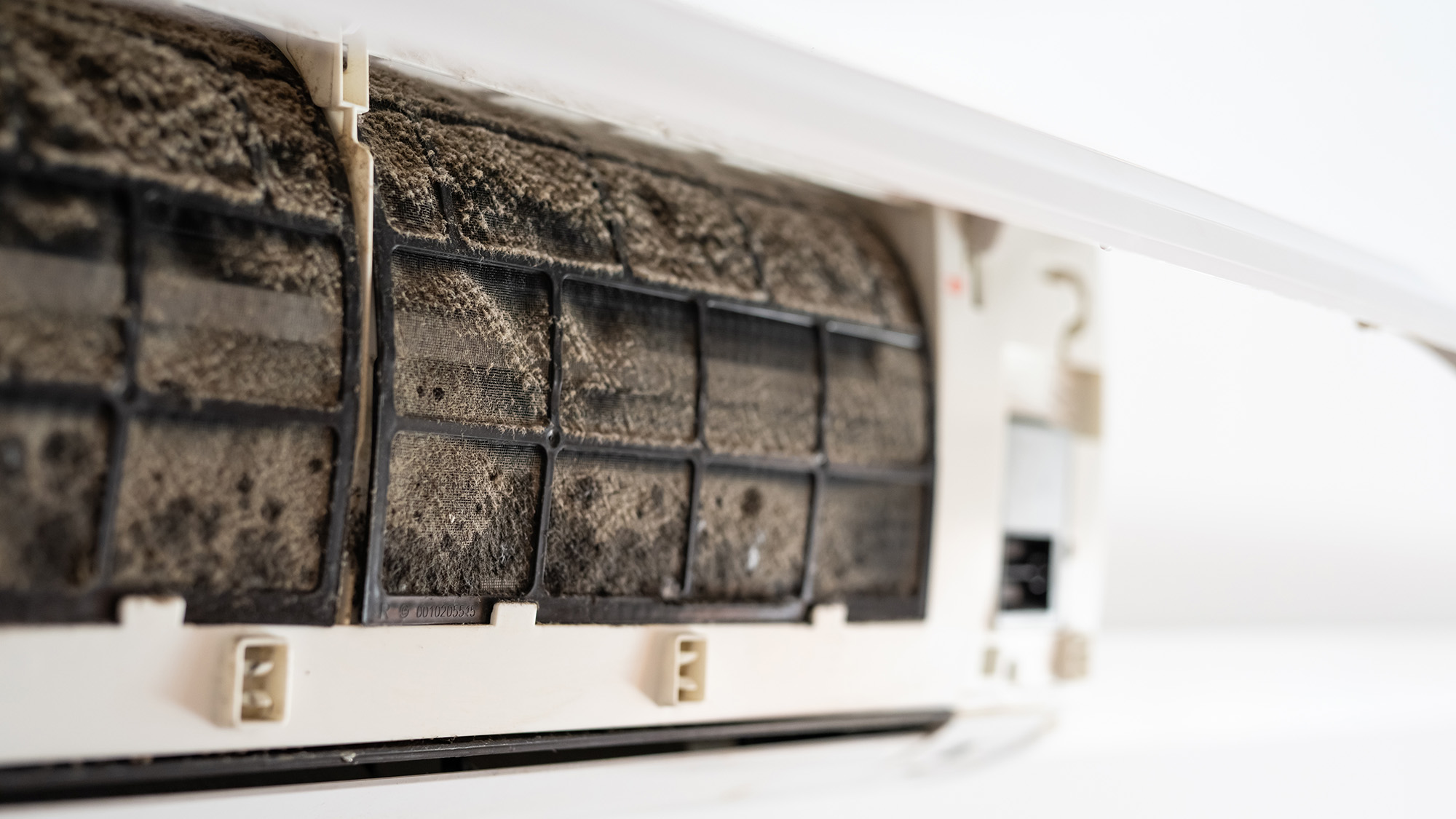
Air conditioners create an ideal environment for mold and moss growth. Berzola explains that when warm, humid air meets the cool surfaces of your AC unit and ductwork, condensation forms. Add to this dust, pollen, and organic debris that gets sucked in through the system, and you’ve created the ideal breeding ground.
“Most people think their AC is just cooling their home, but it’s circulating whatever’s growing inside those ducts throughout every room,” Berzolla warns. “If you’ve got moss or mold in there, you’re pumping spores directly into the air your family breathes.”
The problem escalates during the peak summer months, when AC units are on full pelt. The constant cycle of moisture and organic matter creates conditions that allow dangerous microorganisms to flourish unchecked.
Get instant access to breaking news, the hottest reviews, great deals and helpful tips.
How mold and moss can impact your health
As a mom of boys with chronic asthma, I’m well aware of the impact that mold spores can play on health, and the concerns can be severe, especially for children, seniors, and anyone with respiratory problems.
“I’ve seen families dealing with mysterious health issues for months, only to discover the source was right above their heads in the ductwork,” says Berzolla. “The scary part is that by the time you notice symptoms, the contamination has usually been spreading for weeks or even months.”
If you’re being exposed to mold, you might experience headaches, skin irritation, and difficulty concentrating, while in some instances it can cause serious respiratory infections.
This LG air conditioner is one of our top picks in our best smart air conditioner buying guide, with a 4-star rating. It has a great design, offers a powerful yet efficient performance, and is available in the widest range of sizes to fit almost any room.
How to keep your AC unit clear of mold
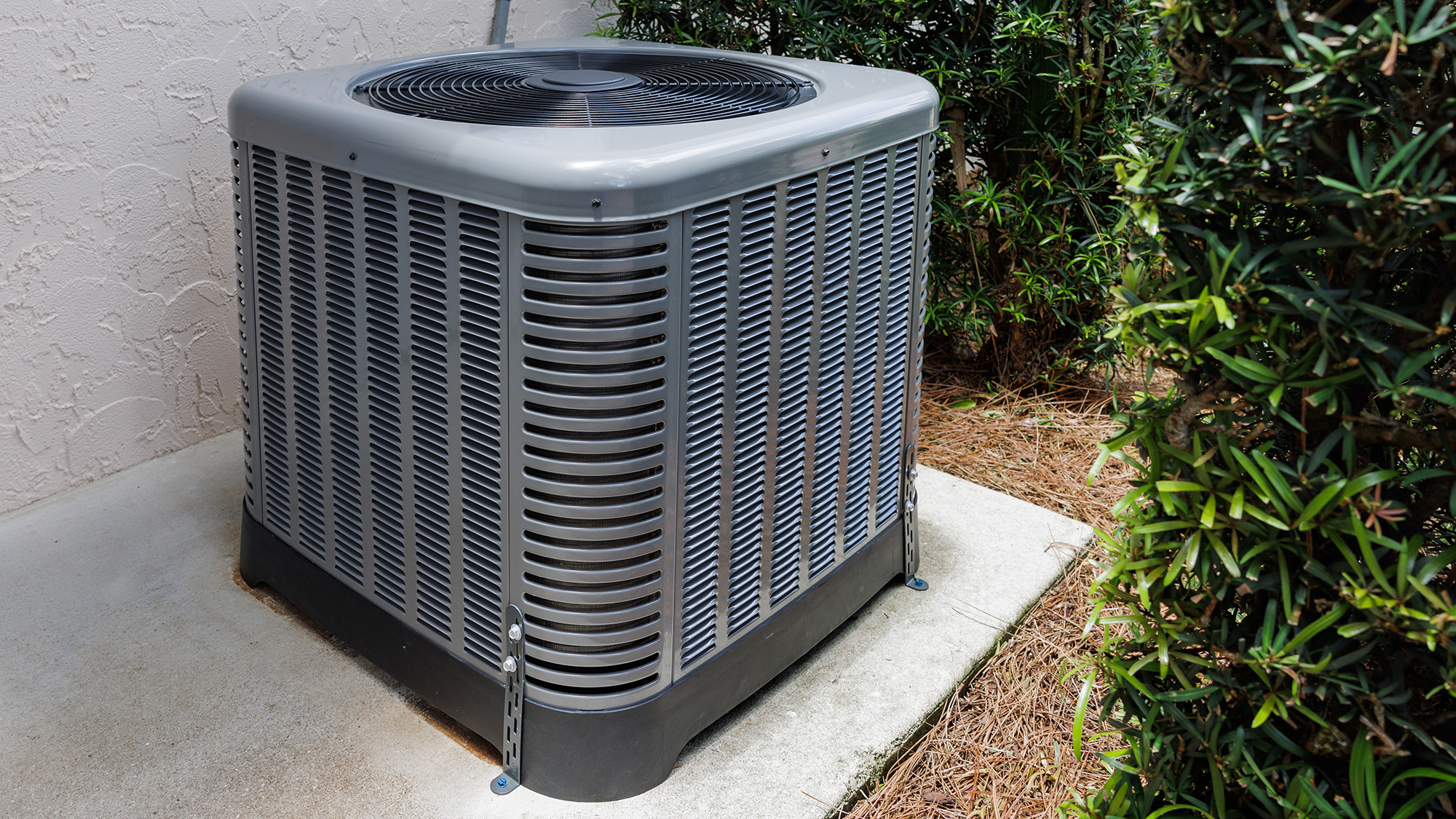
Berzolla suggests looking for any green growth around the base of your AC unit and checking the coils and drain pan. He also recommends checking indoor vents for dark spots, discoloration, or any fuzzy growth around the edges.
Another place to check is around ductwork access points, which you’ll typically find in your basement, attic, or utility closet. “If you can safely access these areas, use a flashlight to look for any visible growth or water damage,” Berzolla advises.
There are four key ways to keep your family safe from the health hazards caused by mold and moss within an AC system.
1. Change your filters regularly
Apart from improving the efficiency of your AC and reducing your energy use, changing or cleaning the air filter will keep the air flowing. Berzolla suggests changing your air filters every 30-60 days during peak usage, as a dirty filter will encourage moisture to build up and mold and moss to grow.
2. Clean your outdoor unit
To ensure air can flow freely, trim back any vegetation that may be obstructing the path. It’s also important to remove any leaves, grass clippings, or other garden debris that has settled around your unit.
3. Check your drain pan
Inspect your AC’s condensate drain pan to ensure it isn’t clogged. And Berzolla adds that standing water in the drain pan is a major red flag for potential mold growth.
4. Schedule a professional clean
While you can change your filters, clear away debris from your outside unit, and check that your drain pan isn’t clogged, Berzolla says there are some places that it’s not safe for you to reach. He suggests having your ductwork professionally cleaned every 3-5 years, or as soon as you suspect a problem that’s too big for you to remedy.
More from Tom's Guide
- 9 essential tips to stay cool during a heatwave
- Experts warn of these 7 appliances you should never use during a heatwave
- Air conditioner vs. heat pump: Which is best for your home?

Camilla is the Homes Staff Writer and covers everything to do with homes and gardens. She has a wealth of editorial experience, mounting over 30 years, and covers news and features, tests products for reviews and compiles buying guides.
Her work has appeared in business and consumer titles, including Ideal Home, Real Homes, House Beautiful, Homebuilding & Renovation, and Kitchen & Bathroom Business. She’s even appeared on the cover of Your Home, writing about her own house renovation.
Although she’s obsessed with decorating her home, she also enjoys baking and trying out the latest kitchen appliances. But when she’s not inside, you’ll find her pottering about in her yard, tending to her vegetable patch or taking in her prized hydrangeas.
You must confirm your public display name before commenting
Please logout and then login again, you will then be prompted to enter your display name.
